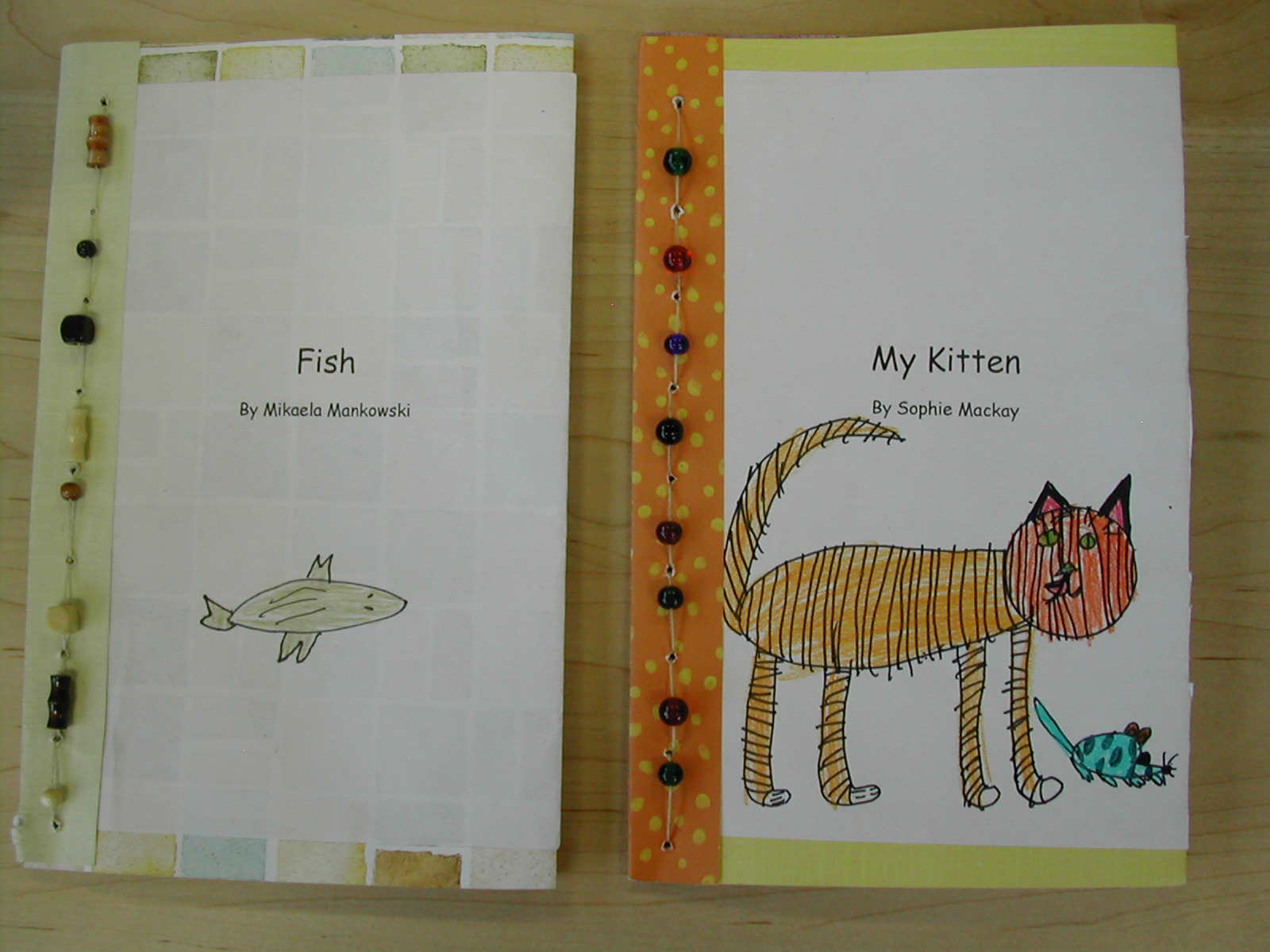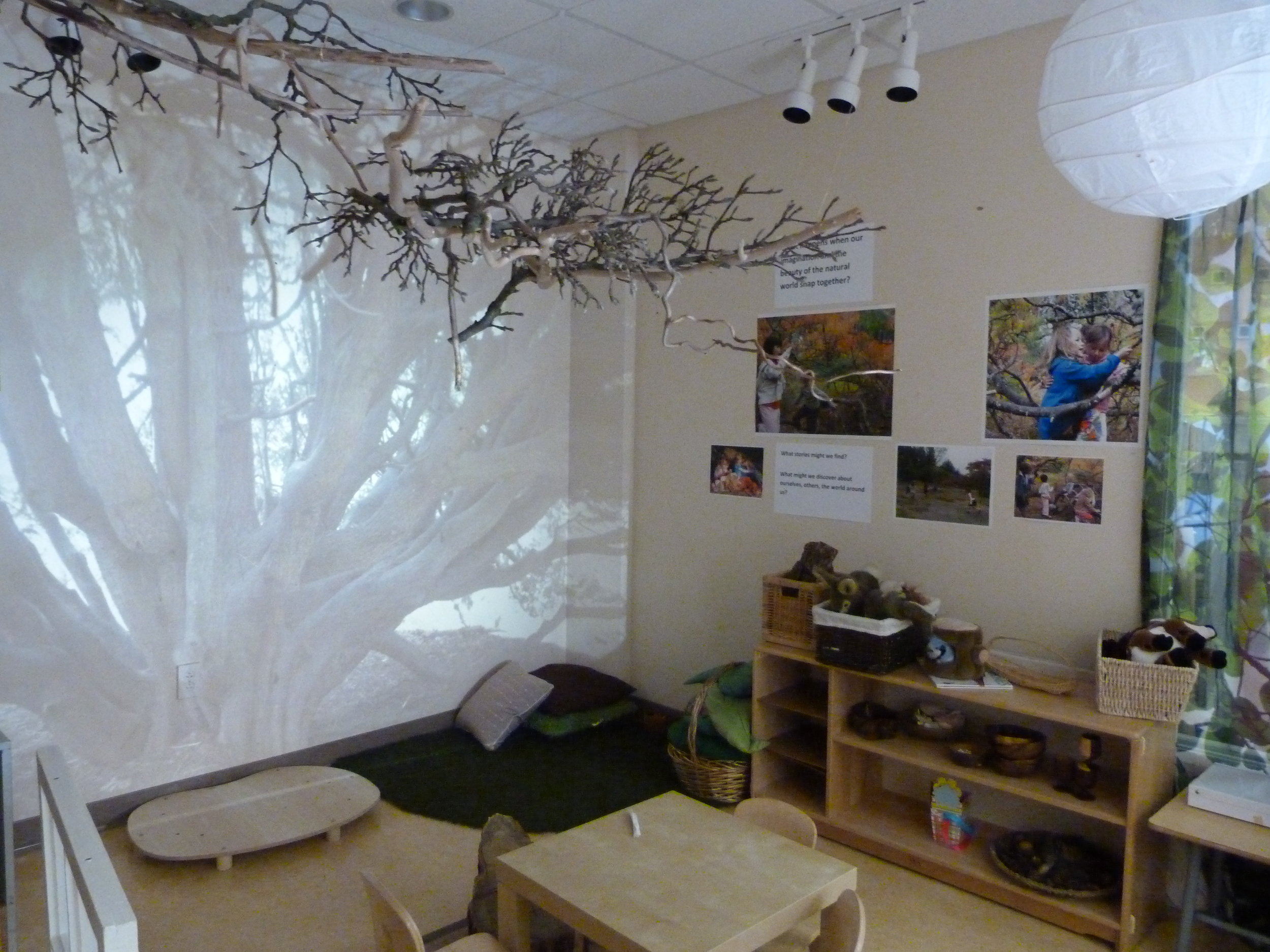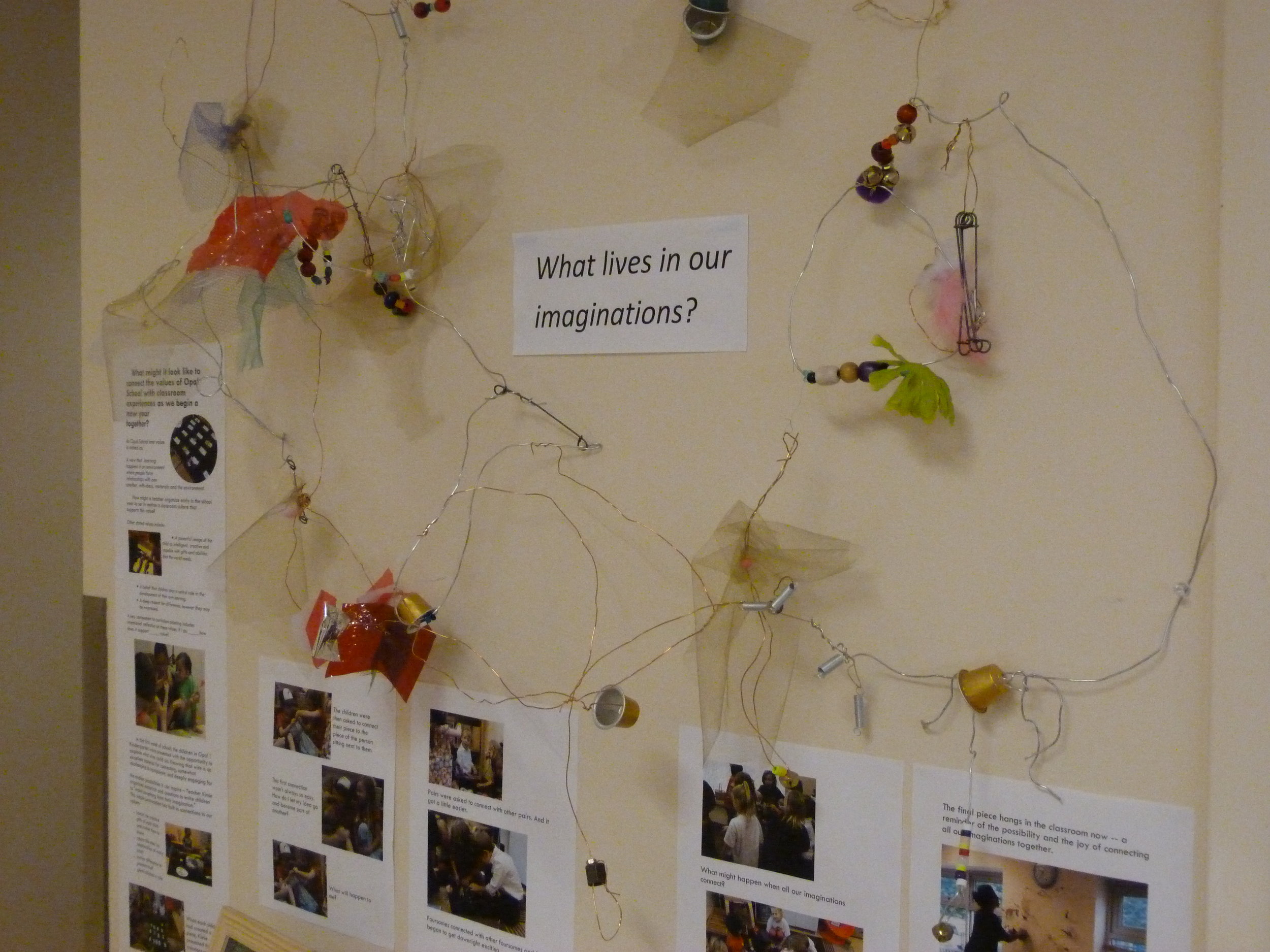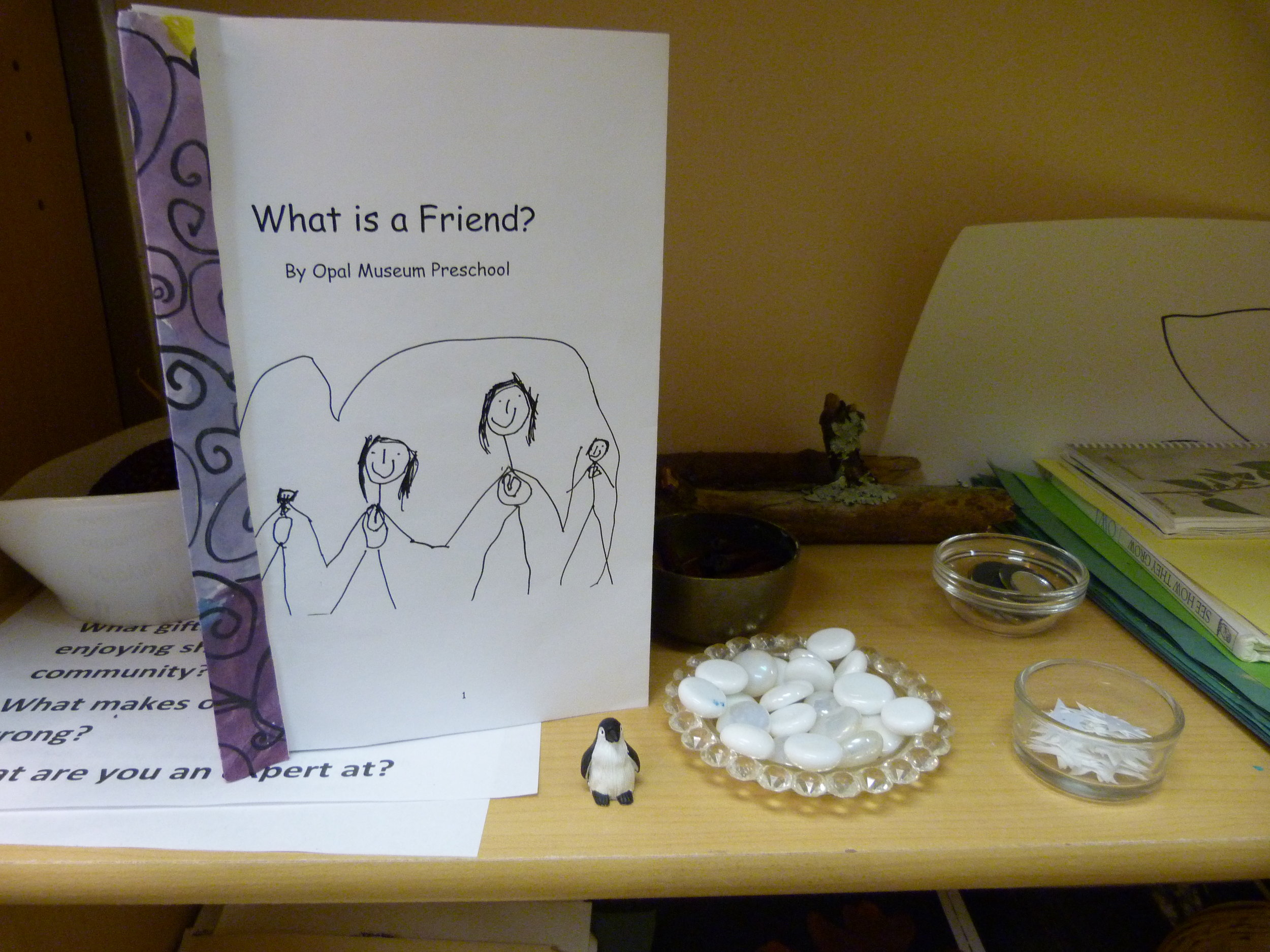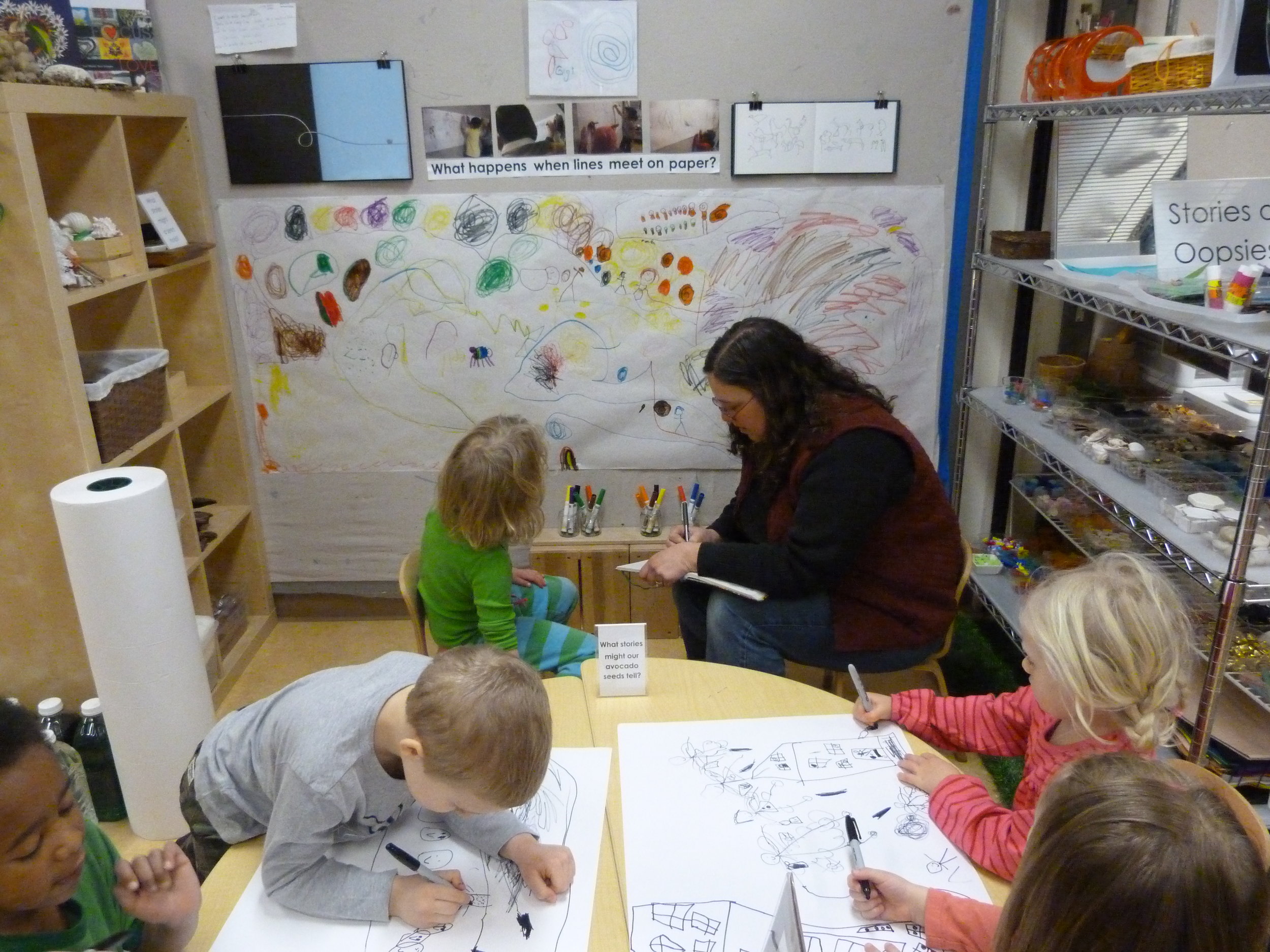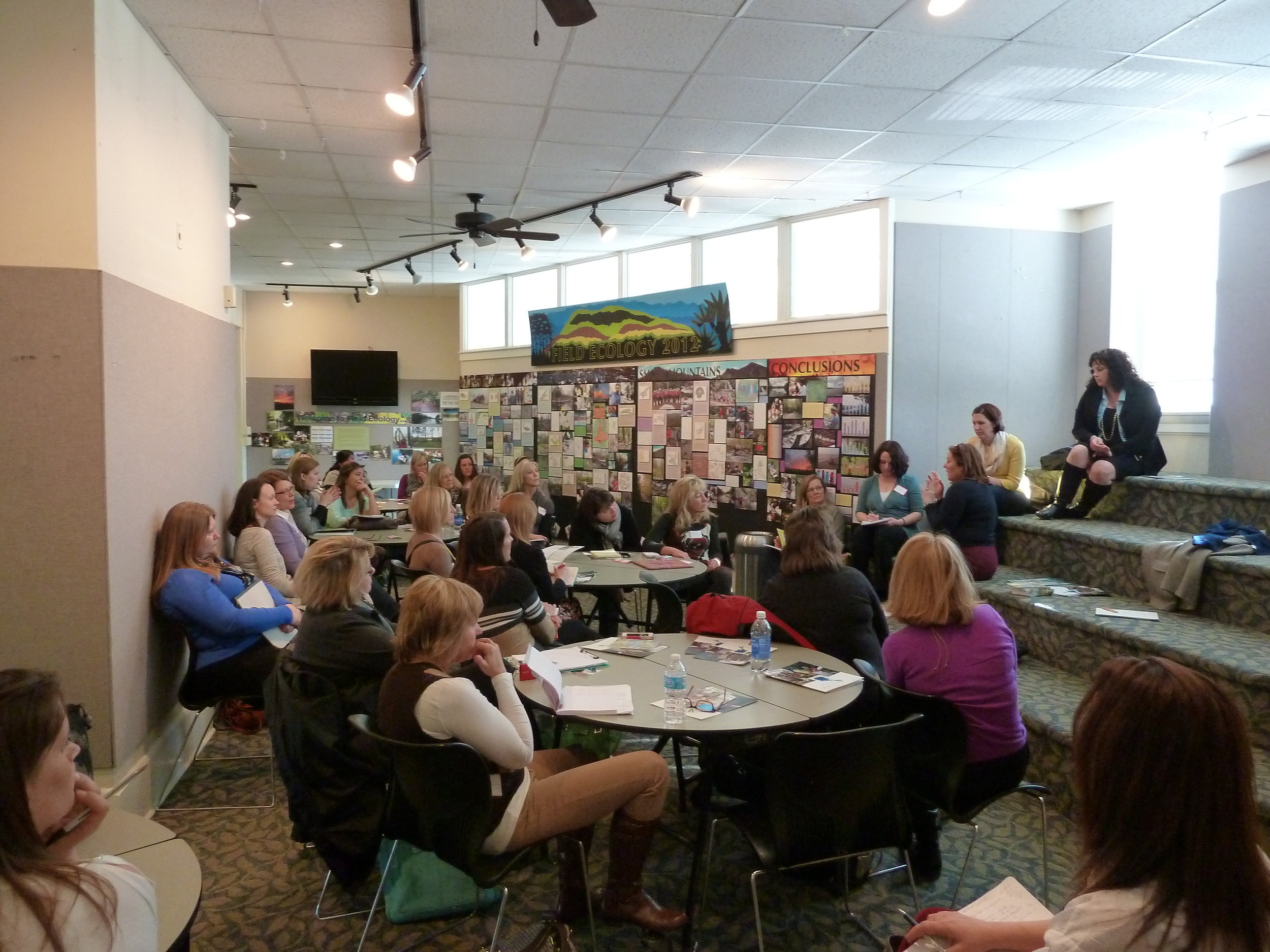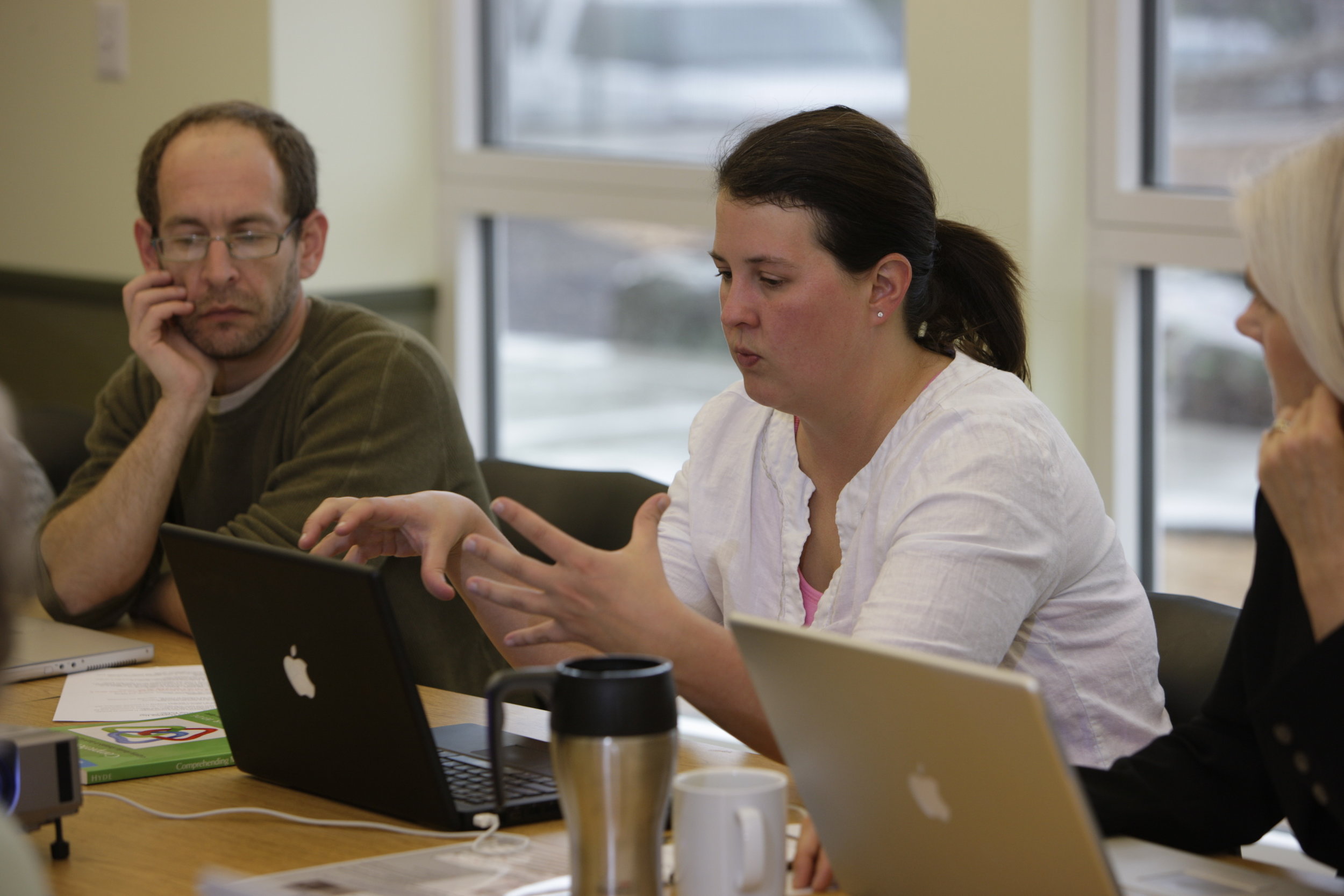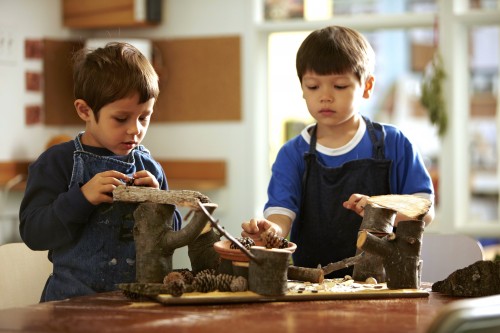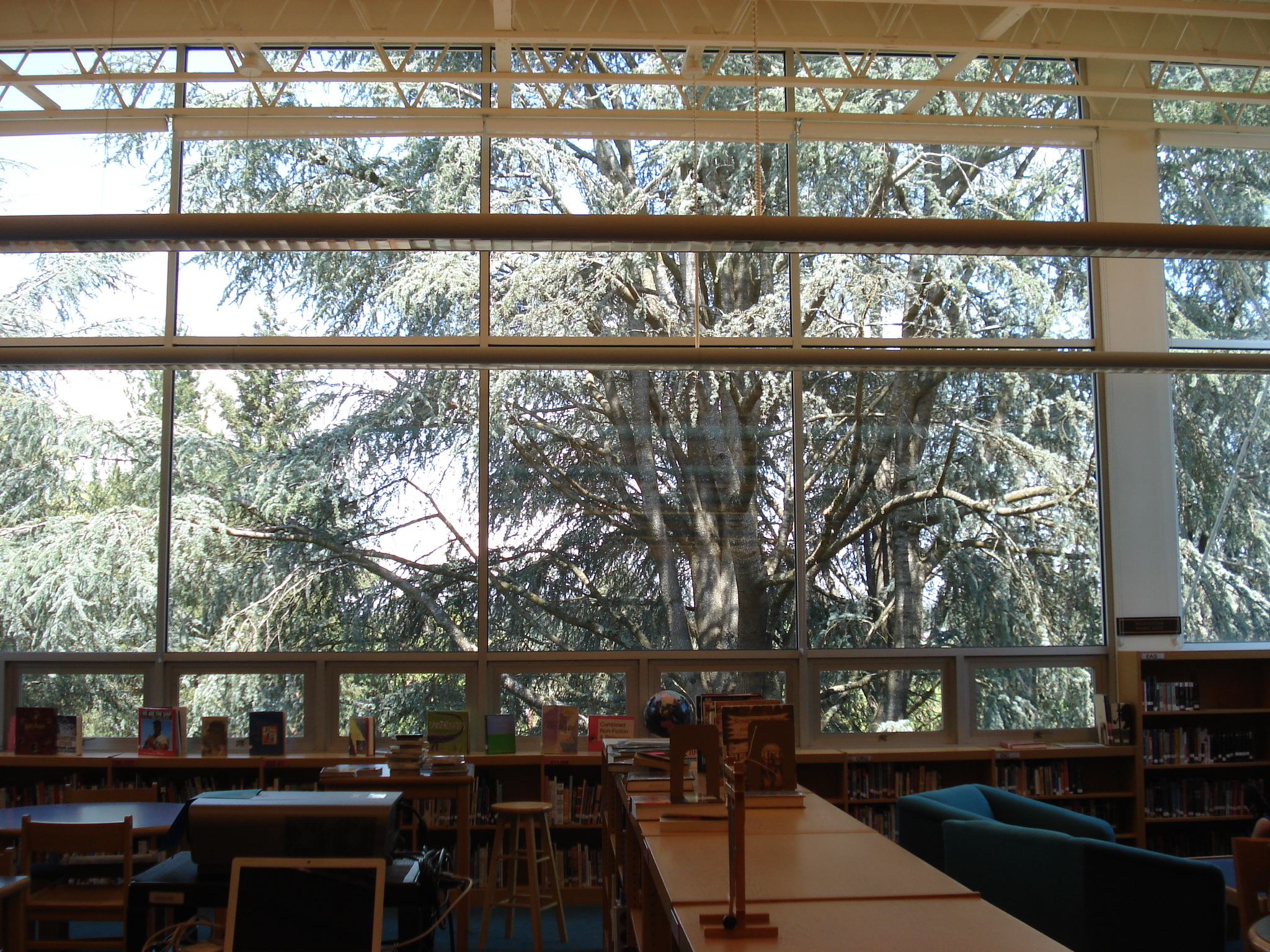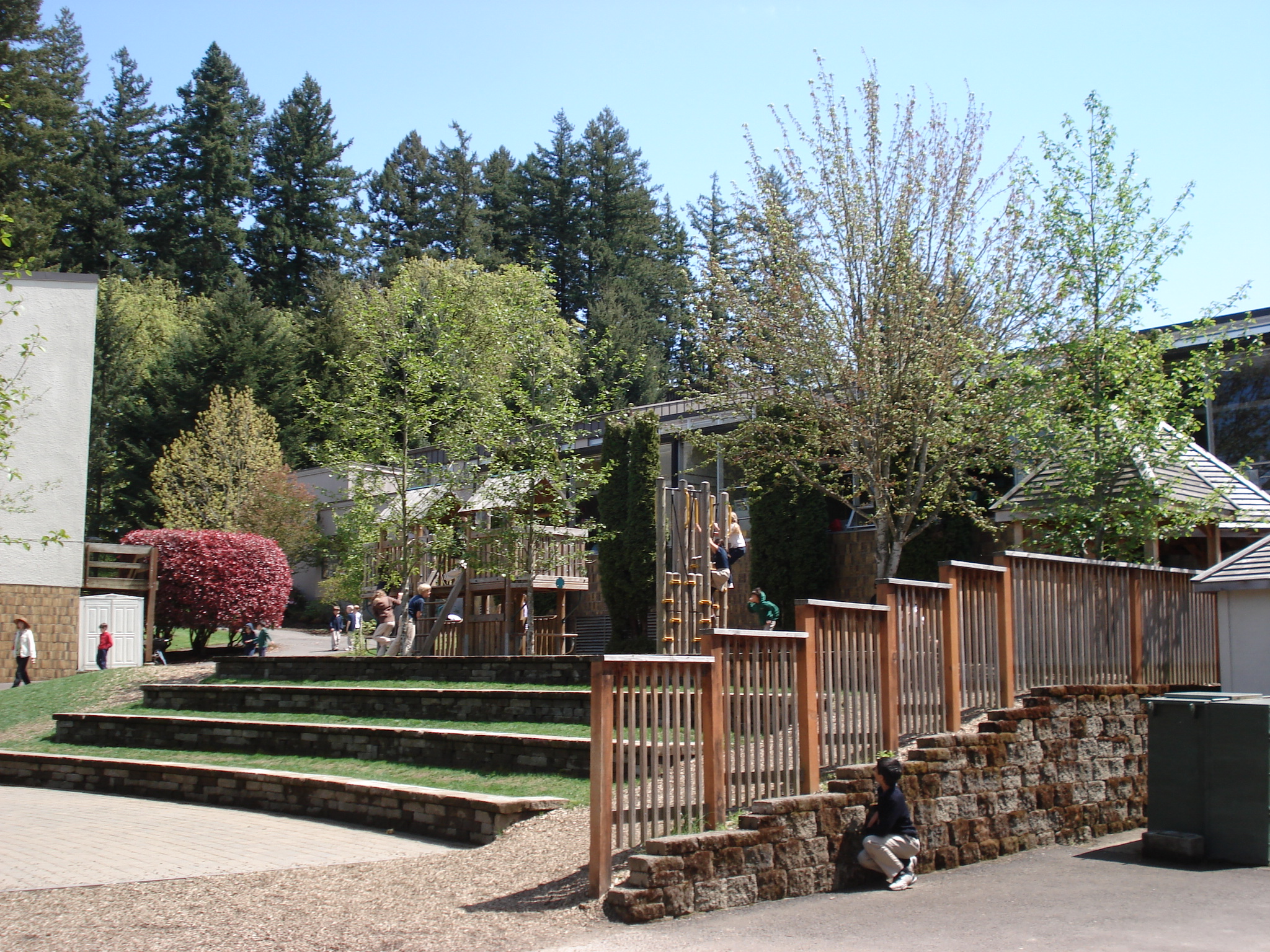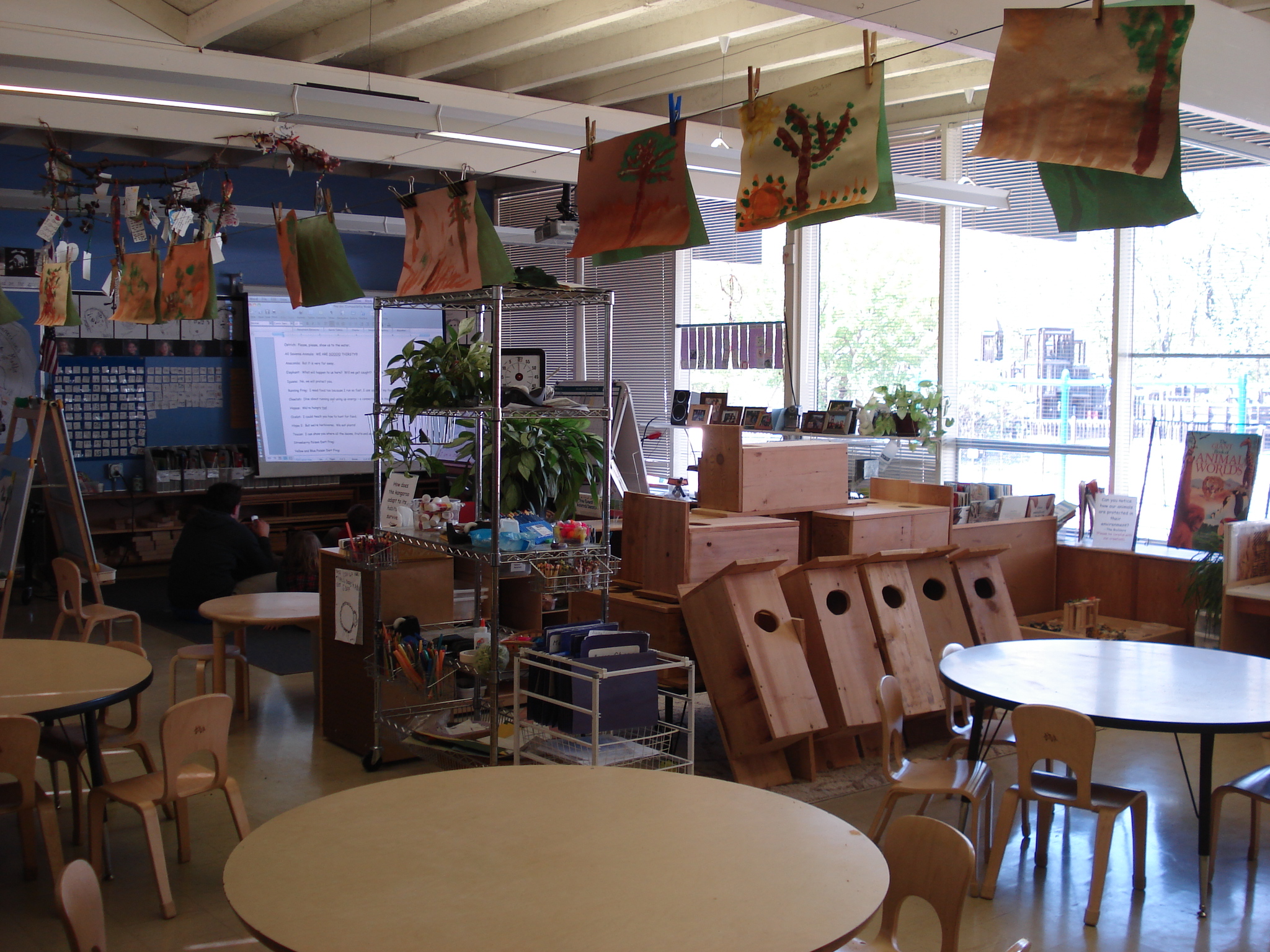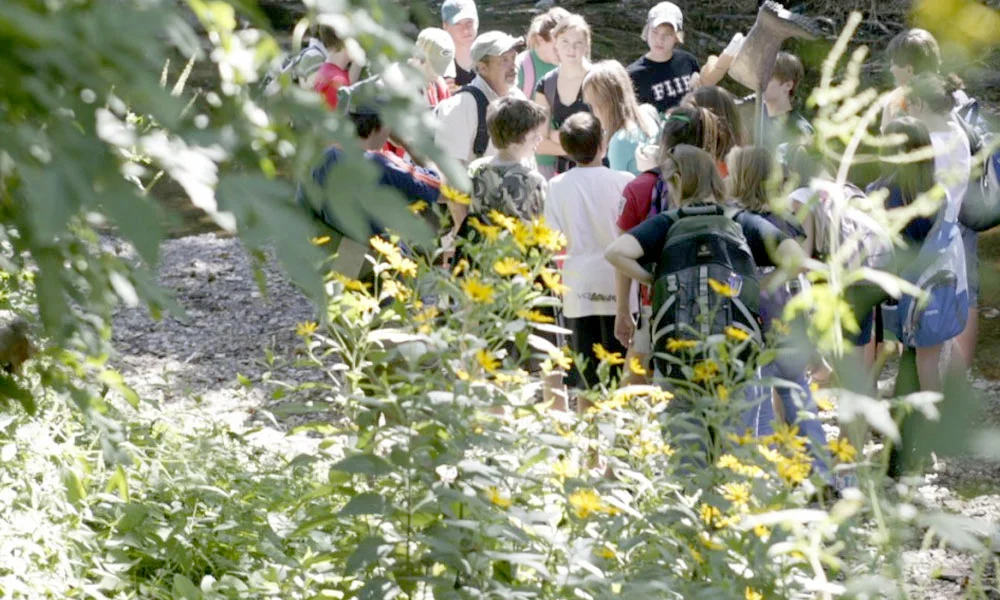
BLOG ARCHIVES
What's Basketball Got to Do with It?... Discipline. Relationships. Fun.
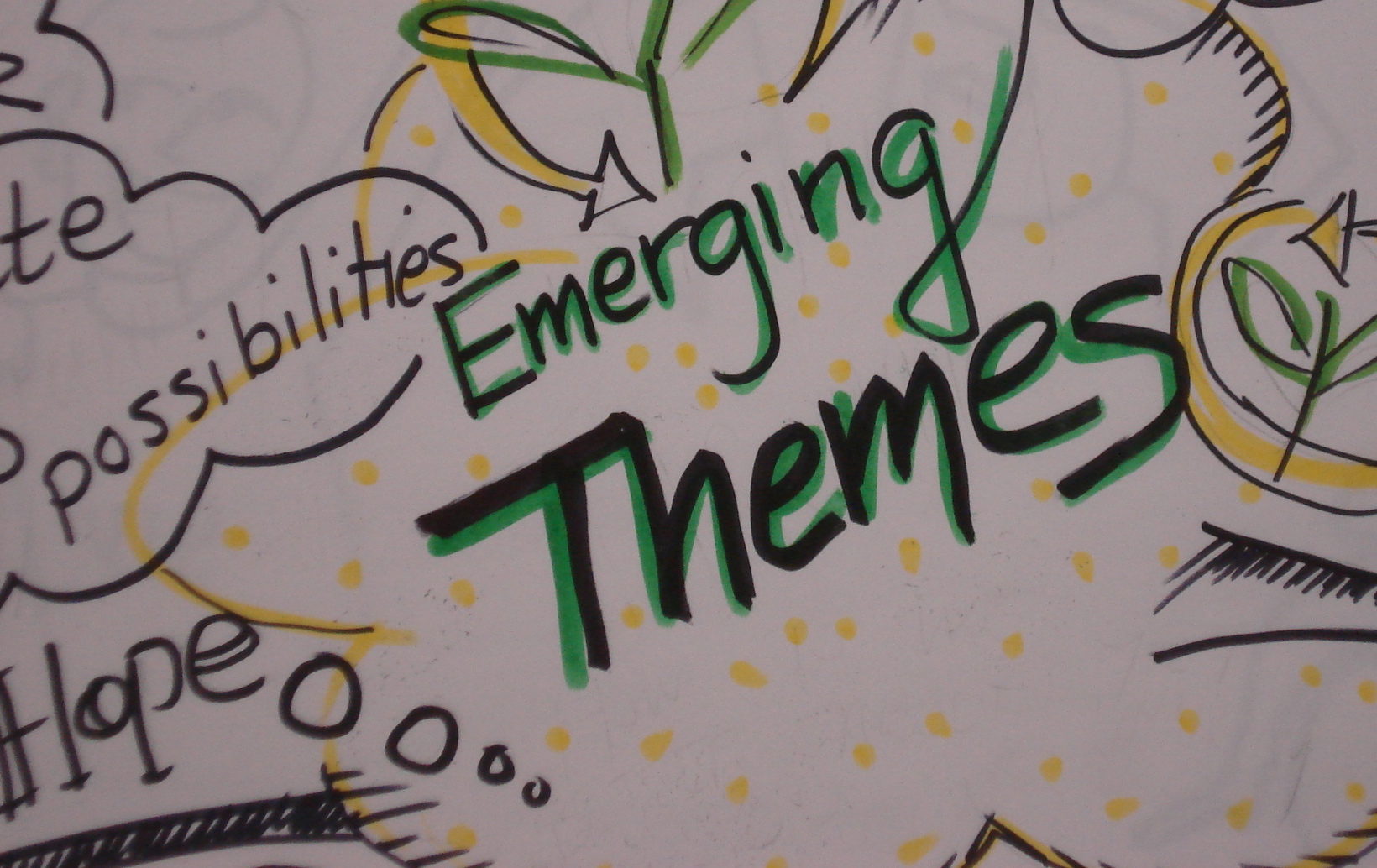 This is the third in a series of blog posts that we have written connecting sports and education...one on baseball, one on golf and this one on basketball. There are similar themes running through these posts...discipline, teamwork, understanding learning style differences, perseverance, positive attitude, authentic relationships...all aspects of fulfillment and success in sports, in school and in life.
This is the third in a series of blog posts that we have written connecting sports and education...one on baseball, one on golf and this one on basketball. There are similar themes running through these posts...discipline, teamwork, understanding learning style differences, perseverance, positive attitude, authentic relationships...all aspects of fulfillment and success in sports, in school and in life.
Last week, we read a fascinating short profile of the National Basketball Association coach of the San Antonio Spurs, Gregg Popovich in Sports Illustrated. He is the longest tenured coach in the NBA. He took over the Spurs in 1996. Since then, his team has recorded 16 straight 50+ winning seasons, including 4 NBA championships. During his tenure, the other NBA teams have made 651 coaching changes.
Toward the end of the profile, written by veteran SI scribe, Jack McCullum, Popovich (or, "Pop"), after much equivocation, as is his want with the media, fairly gushes forth with a wonderful summary of his leadership approach. Not incidentally, it's helpful to know that graduated from the U.S. Air Force Academy.
The only reason the word "military" is used to describe what goes on around here is because I went to the [Air Force] Academy. But the correct word is "discipline." And there are disciplined people in Google, in IBM, and the McDonald's down the street.
Yes, we're disciplined in what we do. But that's not enough. Relationships with people are what it's all about. You have to make players realize you care about them. And they have to care about each other and be interested in each other. Then they start to feel a sense of responsibility toward each other. The they want to DO for each other.
And I have always thought that it helps if you make it fun, and one of the ways you do that is let them think you're a little crazy, that you're interested in things outside of basketball... You have to give the message that the world is wider than a basketball court.
Precisely my feeling about the classroom and education in general. Discipline. Relationships. Fun.
Good educators are disciplined. They are organized. They know what they expect of their students, and they communicate those expectations clearly and relentlessly. They are intrepid in their work to create environments where those expectations can be achieved. Excellence is the norm.
And, good educators know that the essential sauce in a healthy learning environment is a mix of healthy relationships. Pop says it best...when players (and students) "care about each other and are interested in each other, the they start to feel a sense of responsibility toward each other. The they want to DO for each other."
And, good educators create a healthy learning environment in which FUN permeates the modus operandi. Just google the myriad studies on the learning benefits of "play" to begin to drill down on the profound benefits of embracing this idea. Read our blog post from last week where Louise writes about playful inquiry at the Opal School of the Portland Children's Museum.
And, You have to give the message that the world is wider than a basketball court. Good educators create learning environments without boundaries. In such environments inquiry, invention and life long learning permeate the culture of the school.
Pop begins his three paragraph treatise on the essence of his coaching with discipline, then expands into the realm of relationships, and wraps up in the territory of unbounded fun. I've followed this man and his team for years. Now I know why I've been drawn to him. He is a GREAT educator.
Thinking about Play...
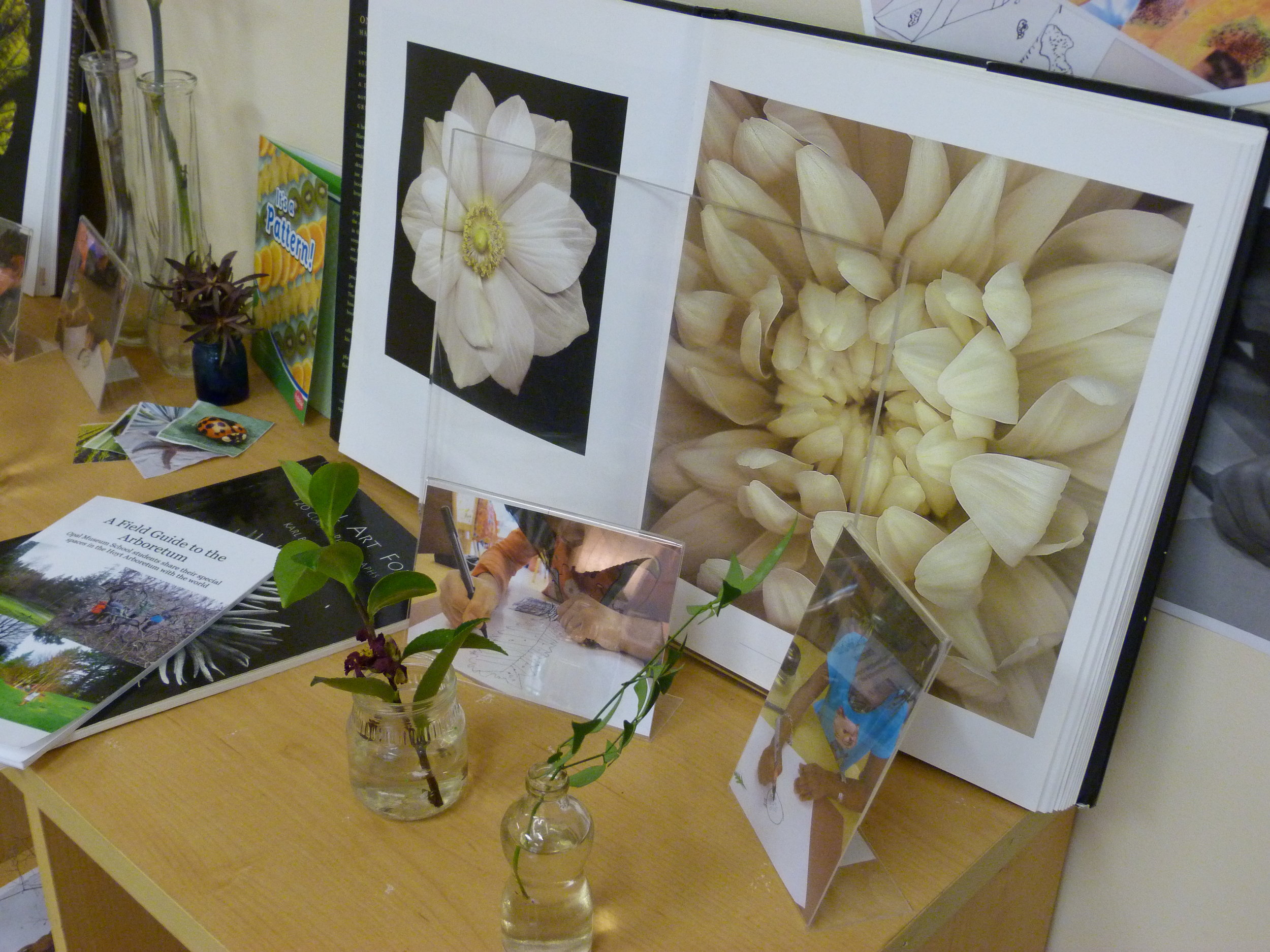 This is one of those periods when time passes too quickly! Travel for work, travel for pleasure, travel in spring, moving, changing, Louise still healing, time passing. Yesterday we realized that we had not written a blog post since mid March! And now, it is the end of April. So, here we are, checking in, showing up again with plans to keep it up.
These two weeks, we are back on our home turf, in St. Louis, Ashley working with The St. Michael School (SMS), and Louise working with Maplewood Richmond Heights (MRH) elementary school. Ashley continues to work with the SMS faculty on composing student work into books in an iBook format. Louise is working on composing a book that is a guide to the work at MRH elementary entitled, School as Museum: A Contructivist Approach to Learning, with the MRH faculty and administration and former superintendent, Linda Henke. This book is a guide to the practice at MRH elementary for the staff, but also for interested educators. We hope that it too, will be published in iBook form.
This is one of those periods when time passes too quickly! Travel for work, travel for pleasure, travel in spring, moving, changing, Louise still healing, time passing. Yesterday we realized that we had not written a blog post since mid March! And now, it is the end of April. So, here we are, checking in, showing up again with plans to keep it up.
These two weeks, we are back on our home turf, in St. Louis, Ashley working with The St. Michael School (SMS), and Louise working with Maplewood Richmond Heights (MRH) elementary school. Ashley continues to work with the SMS faculty on composing student work into books in an iBook format. Louise is working on composing a book that is a guide to the work at MRH elementary entitled, School as Museum: A Contructivist Approach to Learning, with the MRH faculty and administration and former superintendent, Linda Henke. This book is a guide to the practice at MRH elementary for the staff, but also for interested educators. We hope that it too, will be published in iBook form.
One of the chapters is entitled, "Twenty First Century Learning Processes: A Whole New Mind in Action." It draws on the work of Daniel Pink and shows how what he calls the six senses, (we decided to refer to them as learning processes), are an integral part of learning at MRH elementary school. We realized that when it comes to play, which is one of the six senses or learning processes, Opal School is a great resource. In the last blog post, that was co-written by Louise and Ena Shelley, Dean of the College of Education at Butler Univeristy, Louise wrote that she would continue to reflect and write about the week at Opal when Dean Shelley and Louise co-taught a course with the Opal staff. Play is a good place to pick up that promise. A year ago or so, Susan MacKay, Director of the Museum Center for Learning, authored a book that comes with a CD entitled, What About Play? You can order it from The Portland Children's Museum. We highly recommend it.
The following is an excerpt from the section on play in the guide that we are working on for MRH elementary school.
Over the last years, we have been inspired by the work of the Opal School of the Portland Children’s Museum in Portland, Oregon. Opal School is a charter school that works in collaboration with the Portland Children’s Museum and is housed in the museum. The relationship between these institutions provides one model for a close link between school and museum that intrigues us. We are influenced in many ways by Opal and one of the most helpful is their extensive work on what they call “playful inquiry.” This way of learning is palpable throughout the school and the museum and invites visitors to see that “play is an attitude and stance toward learning and toward life that leaves one open, curious, joyful and determined.” Many of the resources that we have learned from and that we reference here are collected from the writings of Susan MacKay, Director of the Museum Center for Learning.
Susan MacKay writes,
“In playful inquiry, adults offer provocations such as open-ended questions, intriguing dilemmas, inspiring environments, engaging materials and loose parts for children to explore. Adults give support through observing, listening, encouraging, reflecting and dialogue.
Playful inquiry is an open-ended and joyful exploration and a flexible process that welcomes elements of surprise. The learner’s mind is open and eager to learn. In play, our brain develops agility and fluid mental processing. In play, the brain works in a state of relaxed alertness—comfortable, engaged, and curious. Through playful inquiry, children develop relationships with their world and find a meaningful place for themselves within it.”
“Play is like fertilizer for brain growth. It’s crazy not to use it.” writes Stuart Brown, author of Play: How It Shapes the Brain, Opens the Imagination, and Invigorates the Soul. Brown is founder of the National Institute for Play, whose purpose is to translate the growing body or research on the critical place of play in learning, health and emotional intelligence.
"The opposite of play is not work. It’s depression. (Pink, 2005).”
A Week at Opal School, with Guest Blog Post Author, Ena Shelley
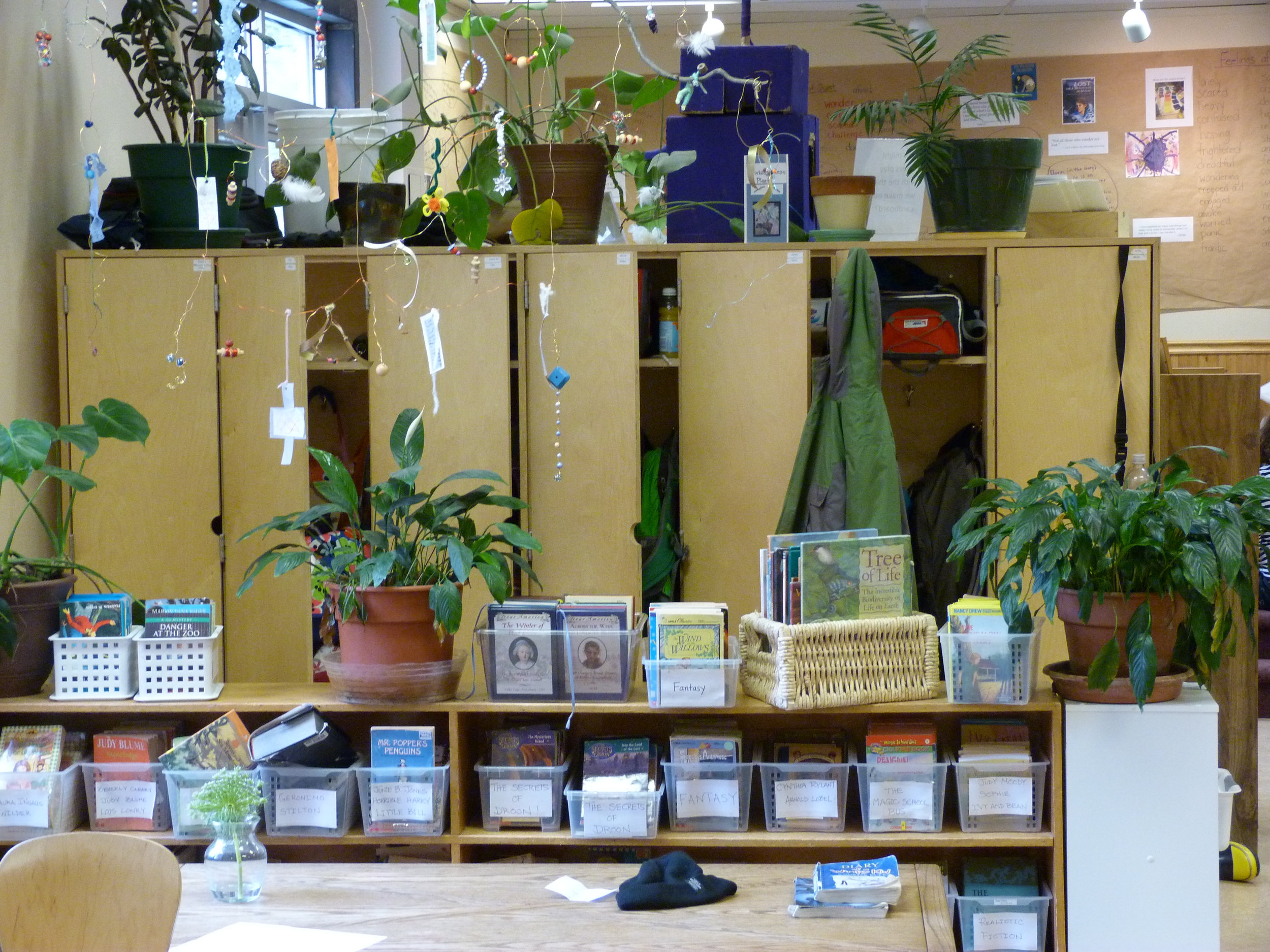 We, Ena Shelley and Louise Cadwell, just returned from an amazing and wonderful educational week at Opal School of the Portland Children's Museum, a public charter school now 11 years old. This is the second year that Butler University has offered an intensive week-long seminar entitled: Creativity, Imagination and Learning: A Field Study in Early and Elementary Education based at Opal School in Portland, OR. Ena Shelley (Dean of the College of Education at Butler University) and Louise co-teach the course along with Susan MacKay and the staff at Opal. Perhaps because we had laid the groundwork last year, this year, we were able to journey even deeper into the work, the philosophy and practice at Opal. This year, we were also ready to make more and stronger connections between our experience during the week and our contexts and schools back home.
We, Ena Shelley and Louise Cadwell, just returned from an amazing and wonderful educational week at Opal School of the Portland Children's Museum, a public charter school now 11 years old. This is the second year that Butler University has offered an intensive week-long seminar entitled: Creativity, Imagination and Learning: A Field Study in Early and Elementary Education based at Opal School in Portland, OR. Ena Shelley (Dean of the College of Education at Butler University) and Louise co-teach the course along with Susan MacKay and the staff at Opal. Perhaps because we had laid the groundwork last year, this year, we were able to journey even deeper into the work, the philosophy and practice at Opal. This year, we were also ready to make more and stronger connections between our experience during the week and our contexts and schools back home.
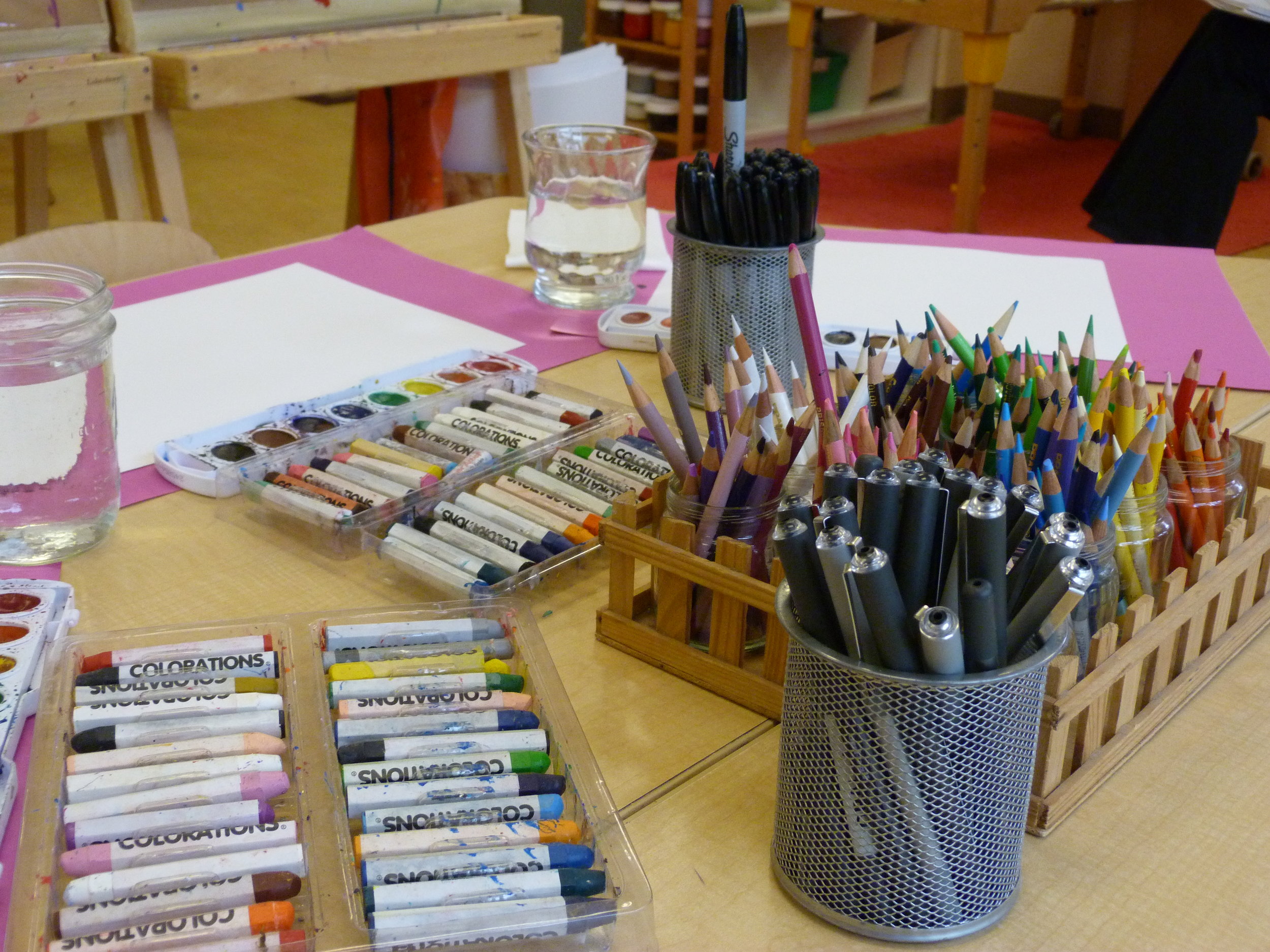
Last week, participants were struck over and over again by the language used by all the teachers at Opal that invites children's best selves and best thinking into the classroom in every discipline and during every social occasion. For example, "James, would you share your thinking about this idea?" "Could we make room for Cindy's voice?" "Jane, who would be a good thinking partner for you?" "What does it mean to be wild?" "Who lives underground?" "What can your hands do with clay?" "Where do stories come from?"
This practice of language choice and framing open questions, has grown over the years, influenced greatly by the practice in Reggio Emilia, Italy and also many authors and educators here in the United States, among others, Ellin Keene and Karen Gallas in literacy, Catherine Fosnot and Maarten Dolk in mathematics, and David Orr and Fritjof Capra in systems thinking and sustainability. A book that they are reading at Opal right now is Opening Minds: Using Language to Change Lives by Peter Johnston. Louise read it before she arrived in Oregon and it is worth ordering right now to read right away. So applicable immediately to your classroom and school, it is filled with examples and stories about what kind of language and stance supports a flexible learning mindset and what closes learning down to a fixed mindset. Johnston cites Carol Dweck's research and takes it further.
Every time we go, we come home from Opal thinking something like this, "This is it. If you want to see complex theories in action, learning for the future taking place right now, rich, inspiring places and spaces and the real-life, hard work of collaboration that is paying off for children and their community, go to Opal." And, we are always re-inspired to do the work that we do with renewed insight and clarity, purpose and passion.
You can gain a peek into the life and experience of Opal by reading their blog. Every week there are posts, stories of learning, links to books and other worthwhile events and opportunities. Louise will write her next few posts for the Cadwell Collaborative blog on aspects of last week because there is so much more to reflect on and to share. In the meantime, we suggest that you follow the Opal blog and take advantage of all that they have to offer in professional development even if you can not go there. There is an on-line course that you can sign up for now that was very successful the first time it was offered. There is also a free webinar on Sunday the 24th offered by NCTE and Susan MacKay.
In a world where we are all looking for mentors, leaders, and paradigm shifters, Opal is one place where you will find them. Thank you, thank you, Opal School.
Teachers Can Be Like Jazz Musicians
 Last week I wrote about the exciting professional development and school design sessions I’ve had with Oregon Episcopal School (OES). Two of the most generative moments of the OES faculty’s brainstorming and design thinking came from the sudden and creative invention of metaphors: OES is like a riverboat...and OES is like a jazz band. With each metaphor, individual and collective imaginations clicked ON.
For instance, with the jazz band metaphor, the idea developed that highly skilled teachers engaged in inquiry based learning are like jazz musicians. Those teachers understand theory and practice in both pedagogy (music theory) and different subjects/disciplines (different instruments). They harness their understanding of learning patterns to the vehicle of inquiry (innovation and invention). They are at once: clear about the overall intentions of the particular investigation (the jazz theme), attuned to each individual student’s response (each member of the jazz ensemble), and skilled at leading all students to learn and to make new connections. As the investigations develop and conclude, great teachers inspire and guide a rich and meaningful expressions of individual and collective learning (a jazz composition).
Last week I wrote about the exciting professional development and school design sessions I’ve had with Oregon Episcopal School (OES). Two of the most generative moments of the OES faculty’s brainstorming and design thinking came from the sudden and creative invention of metaphors: OES is like a riverboat...and OES is like a jazz band. With each metaphor, individual and collective imaginations clicked ON.
For instance, with the jazz band metaphor, the idea developed that highly skilled teachers engaged in inquiry based learning are like jazz musicians. Those teachers understand theory and practice in both pedagogy (music theory) and different subjects/disciplines (different instruments). They harness their understanding of learning patterns to the vehicle of inquiry (innovation and invention). They are at once: clear about the overall intentions of the particular investigation (the jazz theme), attuned to each individual student’s response (each member of the jazz ensemble), and skilled at leading all students to learn and to make new connections. As the investigations develop and conclude, great teachers inspire and guide a rich and meaningful expressions of individual and collective learning (a jazz composition).
The jazz band metaphor resonated for me again on February 15 at The College School in Webster Groves (TCS) and The St. Michael School of Clayton (SMS) where Cadwell Collaborative hosted 32 teachers from two different Chicago schools, Union Church of Hinsdale Early Childhood Center and the Winnetka Community Nursery School.
To watch and listen to the teachers from TCS and SMS is very much like listening to a really fine jazz ensemble. The language they use to describe what they are doing could be likened to a jazz players talking about playing jazz. Phrases and words like: listen carefully to all the children to know where to go and what to support; use what you know and then go somewhere new; practice, practice, practice; be grounded and fly; be serious and have fun; wonder and experiment.
In the afternoon workshop the teachers' challenge was to outline a possible investigation using a “mapping” format borrowed from the current practice at SMS (a framework that SMS has developed over a five year period, one that derives from Grant Wiggins' work). Though the task was concrete, the process was organic. The teachers met in groups of four. In three different 20 minute periods, each person met with three different trios. So, with 32 teachers, there were 8 quartets playing at one time. And over the three sessions each player got to play with 9 different partners. The central objective was the same yet the ideas were many and diverse. One teacher reflected, The mapping workshop helped me assemble and consider exciting ideas from other teachers. Another said: It was great to hear other perspectives. I’m leaving with so many inspiring and practical ideas!
To collaborate and compose in this way as educators can open new doors and develop new skills, among the 21st century skills that we wish to instill also in our students.
Design Your School Beginning with the Faculty's Ideas??!!
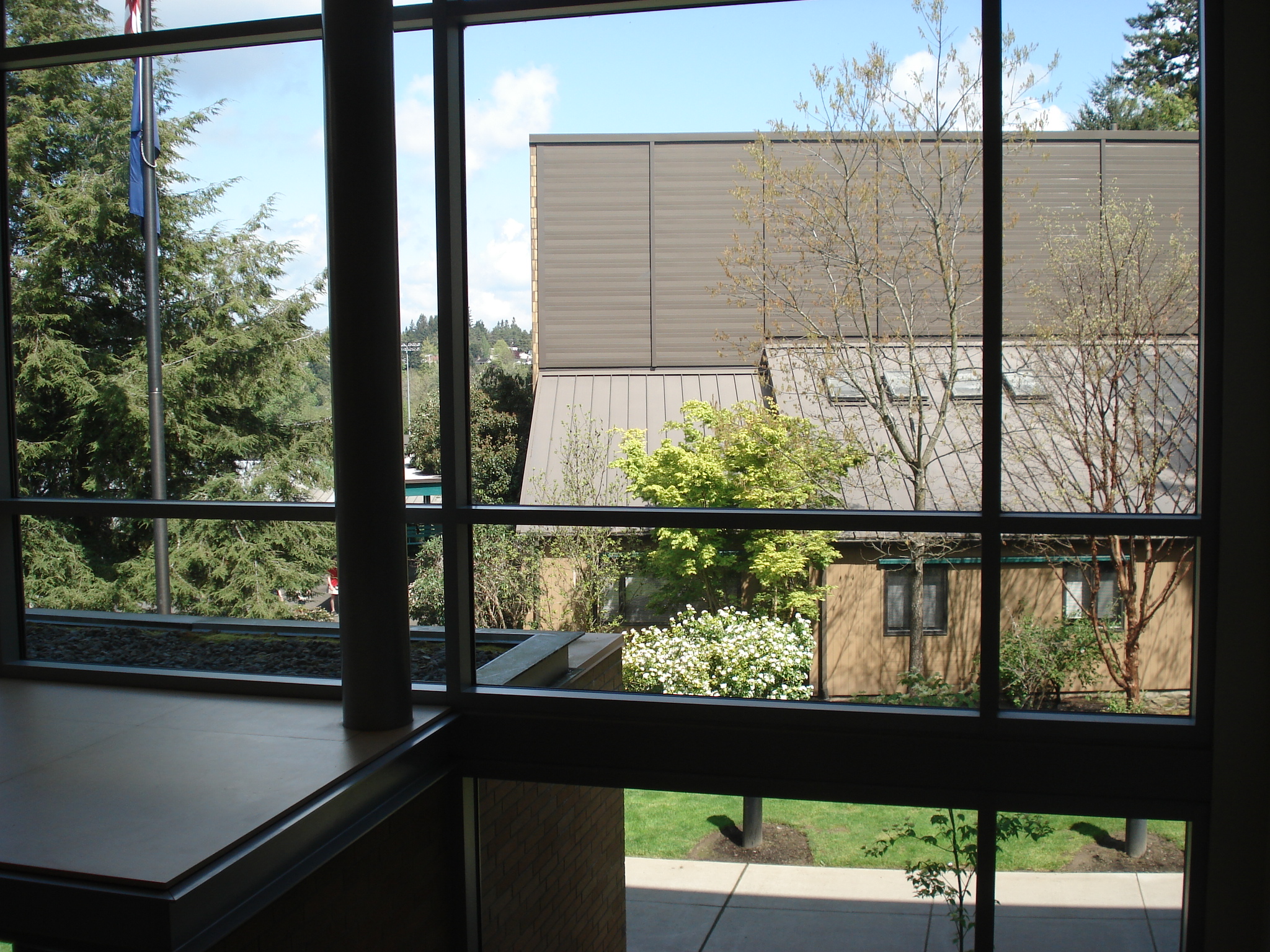 To just about any faculty member I know, the following idea will come as a giant “DUH:” when a school undertakes the design of a new facility, it should include the faculty in the design process. Sadly, most boards and administrations do not. These institutions miss a GIANT opportunity to stimulate design ideas AND, ironically, faculty development.
I have worked with four schools in the last two years that have begun the design process with a series of meetings with the faculty and administration, together. In each case, everyone has been excited by the prospect of a new building, and honored to be included in the critical programmatic phase of design. However, in each case, the rubber met the road, not so much on building design issues, as on educational program design.
To just about any faculty member I know, the following idea will come as a giant “DUH:” when a school undertakes the design of a new facility, it should include the faculty in the design process. Sadly, most boards and administrations do not. These institutions miss a GIANT opportunity to stimulate design ideas AND, ironically, faculty development.
I have worked with four schools in the last two years that have begun the design process with a series of meetings with the faculty and administration, together. In each case, everyone has been excited by the prospect of a new building, and honored to be included in the critical programmatic phase of design. However, in each case, the rubber met the road, not so much on building design issues, as on educational program design.
The hard questions that the faculty tackled had to do with reflections on past and current successes and problems. In all cases this led to projections that built on current success, solved problems, and created room for evolution. The answers and discoveries in these discussions have become essential to the schematic design of the buildings.
My most recent experience was (and is) with Oregon Episcopal School. OES has begun the process of designing a new Lower School (early childhood through grade 5). They started with three guided discussions with the faculty in large and small groups.
Their first meeting, involving the whole lower school faculty, was guided by a parent who has considerable professional experience (Nike) with Design Thinking. Using the decorum and process of Design Thinking, in one 90 minute session, the faculty generated 20 poster boards covered with sticky note ideas. The poster boards wall papered their meeting room.
The following week, I met with the faculty over two days, in four small groups, in 90 -120 minute sessions each day, to develop the ideas on the walls. First of all, we revisited and elaborated on the most compelling ideas, in their individual opinions, that had come up through the Design Thinking. Then, each faculty member chose one idea that he/she found “most concerning.”
The next day, each session focused on teaching: tell us something about your teaching that has changed significantly...what was it that you learned that caused the change? Then we asked, tell us one thing that you hope will never change. Finally, we wondered together, considering both the change you have known and the stability you hope for, what do you imagine teaching at OES will look like 5 or 10 or 20 years from now?
From these meetings we discerned a “map” of ideas, or significant “drivers” for the schematic design.
- Ten Essential Ideas about Students, Teachers & Pedagogy
- Seven Essential Ideas about Program
- Ten Essential Ideas about Spaces
- Nine Essential Ideas about Design
- Nine Essential Concerns
Further reflection on the meetings distilled three compelling needs to be met in the design of the building, compelling for the Lower School, for the whole school and in the Portland community.
Somewhere along the way, a metaphor appeared: OES as a RIVERBOAT. Throughout the sessions we had a lot of fun as we elaborated on the image. By the end we had constructed quite a story, one that could become the unifying image for the educational program, the building design, and communication with parents and fund raising.
Hmmmm, all this...just by including the faculty!




